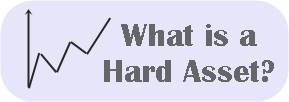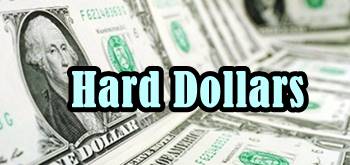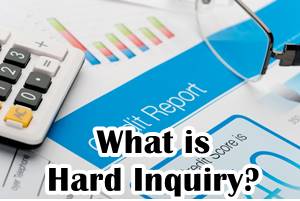
Table of Contents
Hard Asset
What is a Hard Asset?
A hard asset is a tangible resource or asset that has a fundamental value. Some of the examples of this asset type are the commodities, Real Estate, Land, fleet of trucks to deliver consumer products, and more.

Businesses generally buy hard assets to enhance production, improve revenue and have a buffer against the losses caused by soft assets. But sometimes, the hard assets’ value drops down in tandem with the soft assets’ value.
Explaining Hard Assets
Usually, hard assets are fixed assets. This means that they are long-term assets that help in the production of goods and services of a company. Further, fixed assets also have a life that goes beyond one year.
Typically, they can be classified as plant, property and equipment on the Balance Sheet of a company. Some of the examples include:
- Machinery
- Office furniture
- Equipment
- Vehicles
- Buildings
But hard assets can also be regarded as short-term assets, known as current assets. These are used within the time period of one year. For instance, inventory could be considered as a hard asset for an organization.
In case a firm is Manufacturing machinery, the inventory or the Raw Materials, like the machine parts, will be considered as the hard assets. Particularly, hard assets are regarded as valuable as they can be used to buy or produce other services or products.
Talk to our investment specialist
Not just that, but they can be sold to acquire cash in case the company is dealing with financial issues. When the Intrinsic Value of a company is calculated, an aspect of this Underlying value is taken from the hard assets’ value.
The company’s intrinsic value is the calculation of the firm’s value with varying models that comprise analysing the cash flow, future revenue stream, cost structure, and assets. Hard assets come into the limelight while valuing the company as they can be sold to pay shareholders, bondholders, or even debts.
Example of Hard Assets
Ford Motor Company is one of the popular automotive firms that develop a variety of trucks and cards. Suppose that the executive management team of the company is looking forward to purchasing new machinery for the assembly line.
Now, the company also has to buy aluminium and steel for the rivets. All of these assets, right from aluminium to steel and machinery, will be regarded as hard assets. The assembly machinery is the long-term hard asset.
The aluminium and steel raw materials, on the other hand, are the current assets, considering that the inventory may use it up within a year.
All efforts have been made to ensure the information provided here is accurate. However, no guarantees are made regarding correctness of data. Please verify with scheme information document before making any investment.












